This immense gate was the only entrance to Lhasa when approached by the caravan route from the west. After nearly two years in flight from India—flight from a world at war— Peter Auschaniter and I entered the city through this gate. We had read that monks stood guard at the gate to protect the ‘Forbidden City.’ We were immensely relieved when we walked through it unhindered: we looked like beggars, and much of what had been written was by authors who had never been to Lhasa. The Potala, winter residence of the Dalai Lama, rises to the left. When we first caught sight of its golden roofs gleaming in the bare landscape, we felt inclined to kneel down and, like the pilgrims who walked with us, touch the ground with our foreheads to thank the gods. We had been on our arduous journey for twenty-one months and had crossed sixty-five mountain passes. We had reached the ‘Holy City’ at last.
– Heinrich Harrer
Stupas, or chortens, are bell-shaped Tibetan temples with a spike on the top. The first stupas were built in India after the Buddha’s death to house cremated relics associated with the Buddha. Later they also served as reliquaries for lamas and holy men. Some large ones reportedly have whole mummified bodies inside, as is the case with the tombs of the Dalai Lamas at Potala.
A chorten typically has a dome that rests on a five-tiered base. The five levels represent the four elements of the world and eternal space with the square base symbolizing the earth. The dome represents water; the spire, fire; the top, the moon and sun; and the air, space. The sun resting on a crescent moon represents wisdom and compassion. The seed-shaped pinnacle at the top represents enlightenment. The 13 discs of the ceremonial umbrellas may symbolize the 10 powers and the three mindfulnesses of Buddha or branches of the tree of life. Some also see a stupa as the representation of Buddha’s body.
Stupas are both precious cultural relics and examples of Tibetan art and architecture. Those constructed during the 10th and 15th century have both Indian and Nepalese characteristics: namely the steps often have two or three layers with square or polygonal horizontal profile and an inverted-bowl-like body. Eight major styles of stupa, each closely related to the life stories of Shakyamuni, have been identified in Tibet.1
The eight stupas are: 1) Enlightenment Stupa symbolizes the birth of Shakyamuni, and features in the four circular-lotus-shape levels. 2) Bodhi Stupa symbolizes Shakyamuni’s enlightenment in the Rajagriha. The stupa usually has a regular tetrahedron base and a four-layer step, representing the four avatars of Shakya Buddha respectively. 3) Dharmachakra Stupa shows the scene where Shakyamuni turning the dharma wheel in Varanasi.It is in the form of a wheel with many spokes, representing the Shakyamuni is teaching the spiritual laws of the universe. 4) Miraculous Transformation Stupa shows that Shakyamuni is showing his supernatural power in Shravasti. Its step is either shaped in a four-regular-octahedron or a four-regular-tetrahedron.
5) Descent Stupa symbolizes Shakyamuni’s descent to the man’s world after thirty-three days. It is featured with four levels of regular octahedron. Each has one step representing the heavenly ladder that leads Shakyamuni back to life. 6) Harmonious Stupa symbolizes the peaceful reconciliation of Devadatta’s splitting monastic sects. It also has four levels of octahedrons with the edge angle of the groove surface over 90 degrees. 7) Vijaya Victorious Stupa symbolizes Shakyamuni empowered himself to extend three more months of longevity in the man’s world. The stupa of three circular levels was built to honor his success in beating Monster Death. 8) Nirvana Stupa stupa has no base but a bell-shape body to symbolize Shakyamuni’s nirvana.
Doubeng are cairns of stones that are sort of modest versions of stupas. Each pilgrim who passes must add a stone to the cairn and walk around it once, clockwise, an act regarded as engendering as much merit as the recitation of a sutra
Many chortens in Tibet have been looted for the objects inside.
1. [Source: Jegyel Pasang Norbu, expert of the Tibet Museum and Shaka Wangdu, deputy researcher of the Tibet Research Institute of Cultural Relics Preservation, Tibetravel.org tibettravel.org]


